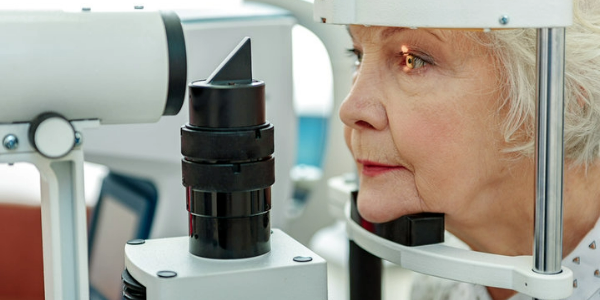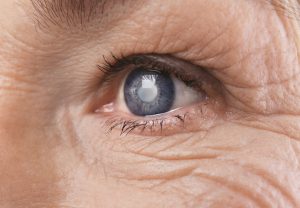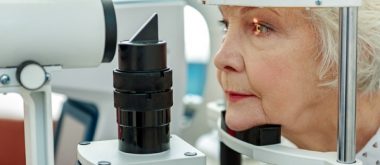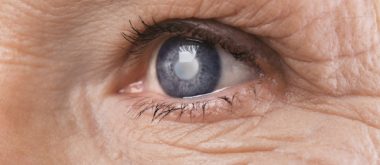Researchers at the National Institutes of Health (NIH) and their collaborators have identified a protein called RNF114 that reverses cataracts, a clouding of the lens of the eye that commonly occurs in people with advancing age. The study, conducted on 13-line ground squirrels and rats, may provide a potential strategy for treating cataracts, a common cause of vision loss, without surgery. The study was published in the Journal of Clinical Investigation.
Ground Squirrels Ideal for Studying a Range of Eye Diseases
“Scientists have long sought an alternative to cataract surgery, which is effective but not without risk. Lack of access to such surgery is a barrier to care in some parts of the world, resulting in untreated cataracts being a leading cause of blindness worldwide,” said Xingchao Shentu, M.D., a cataract surgeon and co-study leader from Zhejiang University in China.
This new discovery was part of an ongoing study at the National Eye Institute (NEI) of the NIH involving a hibernating mammal, the 13-striped ground squirrel. In these ground squirrels, the photoreceptor cells in the retina that are sensitive to light are primarily cones, making the ground squirrel useful for studying cone-related properties, such as color vision. In addition, the squirrel’s ability to endure months of cold and metabolic stress during hibernation makes it a model for vision researchers to study a range of eye diseases.
Potential Treatment Strategy for Cataracts
The researchers found that the lenses of the ground squirrel’s eye became cloudy during hibernation at about 4 degrees Celsius, but quickly returned to transparency after rewarming. In comparison, non-hibernators (rats in this study) developed cataracts at low temperatures, but these did not resolve when rewarmed. Cataract formation in hibernating animals exposed to low temperatures is likely a cellular response to cold stress and one of many changes their bodies undergo as their tissues adapt to frigid temperatures and metabolic stress. People do not develop cataracts when exposed to low temperatures.
Understanding the molecular basis of this reversible cataract could point the way to a potential treatment strategy, according to co-leader of the study, Dr. Wei Li, senior researcher in the NEI’s Retinal Neurophysiology Branch. The lens’s primary job is to focus light onto the retina at the back of the eye. With age, cataracts form when proteins in the lens misfold and clump, blocking, scattering, and distorting light as it passes through the lens. For reasons that are not clear, aging can disrupt protein homeostasis – a process that maintains the balance between newly made proteins and the turnover of old proteins. To study the reversible cataracts of the ground squirrel at the molecular level, the team developed a laboratory-based lens-in-a-dish model using stem cells developed by the Li Lab at the NEI from ground squirrel cells. With this platform, the researchers focused on one part of an extensive network that maintains protein homeostasis by, among other things, breaking down old proteins, called the ubiquitin-proteasome system.
More Precise Research Needed
In particular, RNF114 was significantly increased during rewarming in the ground squirrel compared to the non-hibernating rat. RNF114 has already been shown to help identify old proteins and facilitate their degradation. To further investigate the effect of RNF114, a cataract model (rat) without hibernation was used again by incubating the lenses at 4 degrees Celsius. Normally, such cataracts would not dissolve when rewarmed. However, when the lenses were pre-treated with RNF114, the cataracts were rapidly cleared after rewarming.
According to the scientific team, these results prove that it is possible to induce cataract removal in animals. In future studies, the process will need to be refined so that scientists can stimulate specific protein degradation to see how protein stability and protein turnover can be precisely regulated. This mechanism is also an important factor in many neurodegenerative diseases, according to the scientists.






